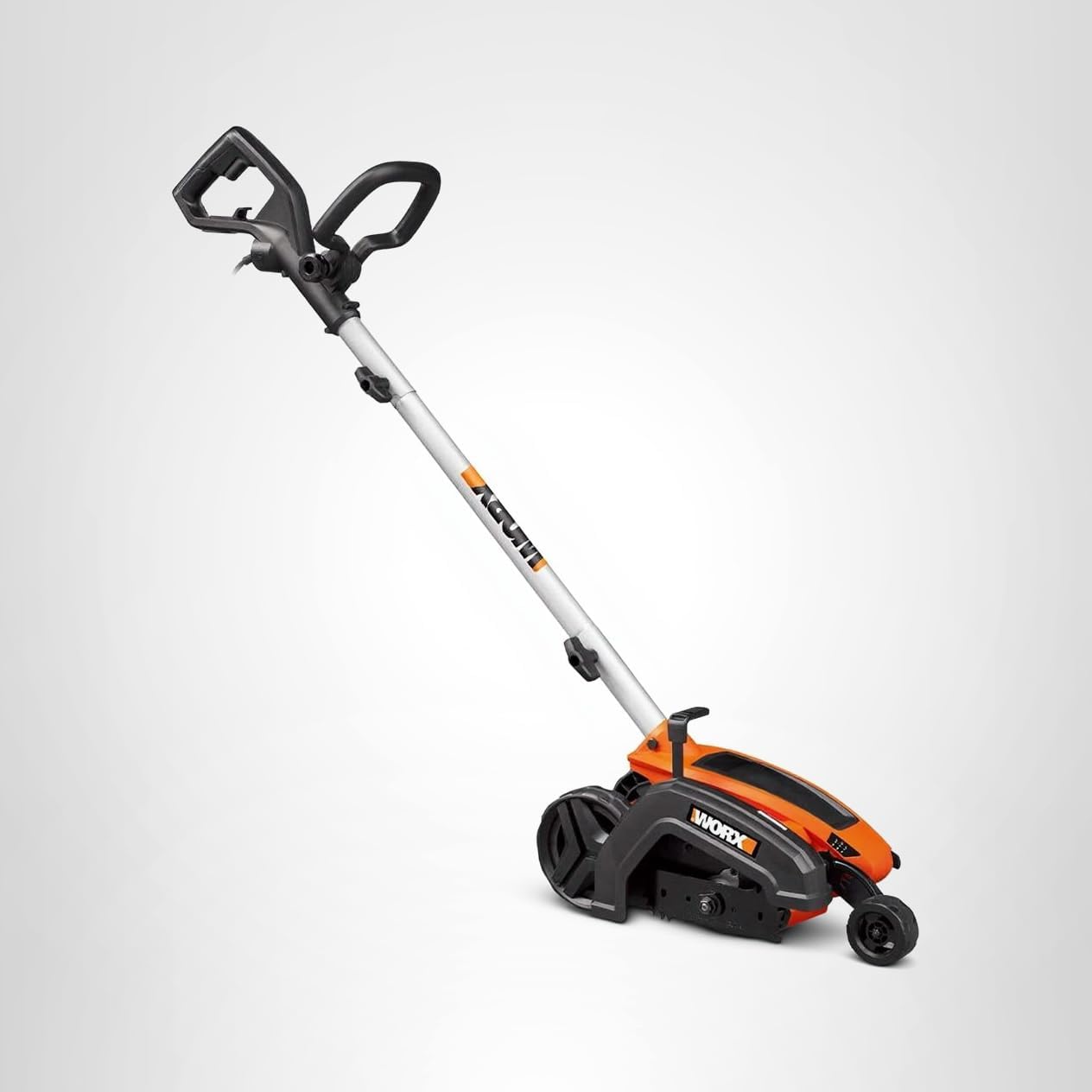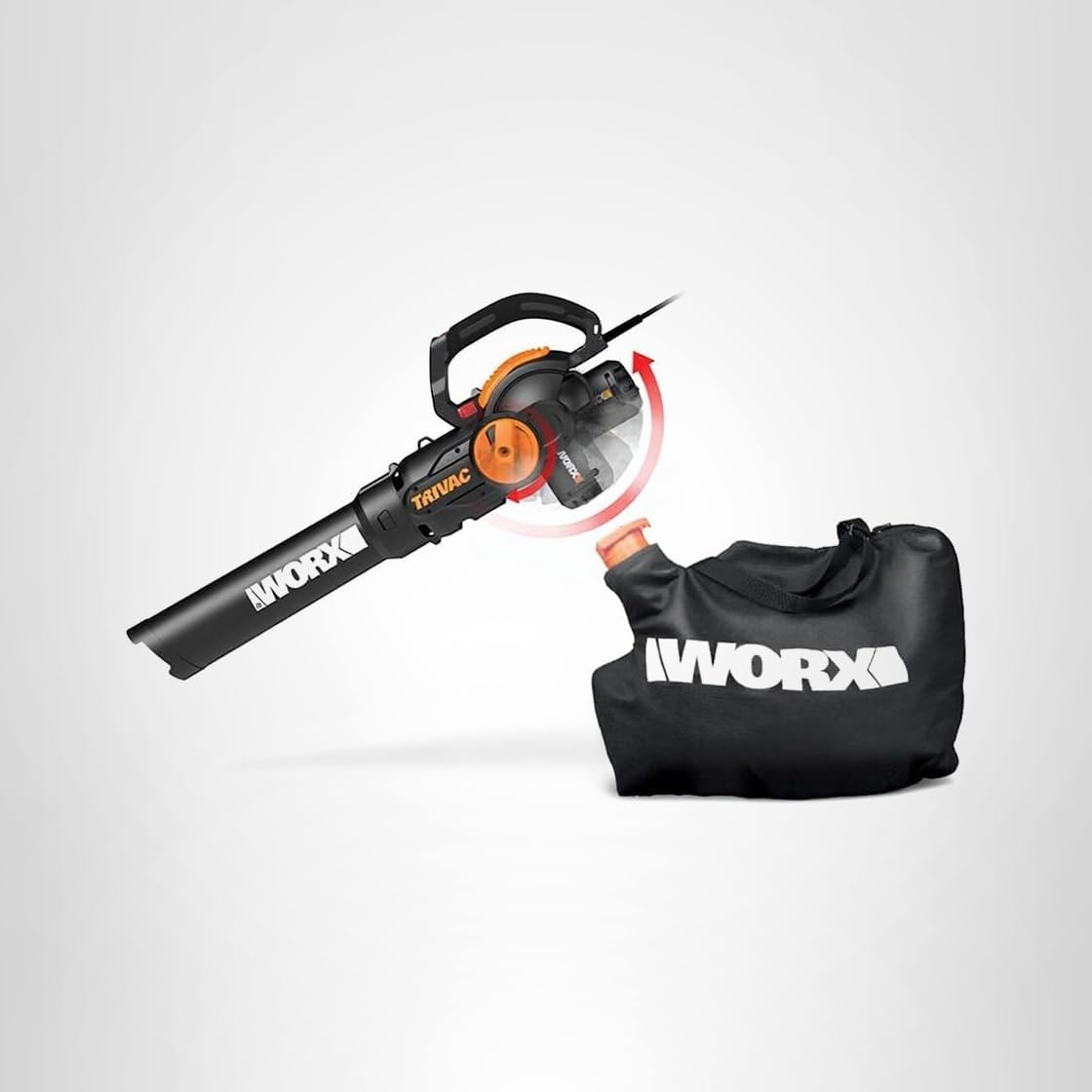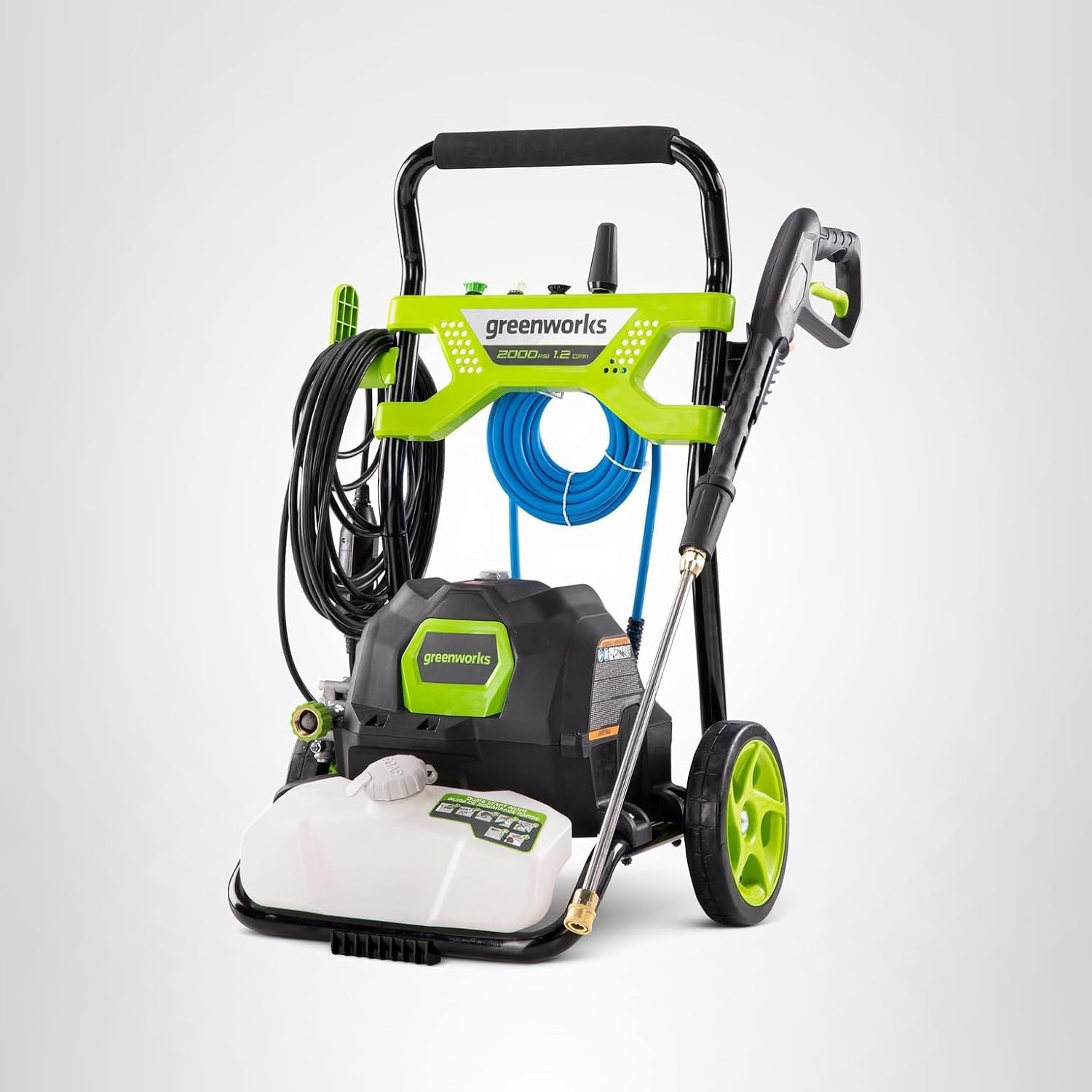The Definitive Guide to Lawn Pest Control (2025)
You’ve done everything right. You’ve been mowing high, watering deep, and your lawn is the best it’s ever looked. Then, one morning, you see it: a strange, yellowing patch that seems to be getting bigger. You water it a little extra, but it gets worse. Panic starts to set in. Is it a disease? Is it the dog? Or is it something more sinister, lurking just beneath the surface?
Welcome to the world of lawn pests. These tiny invaders can undo months of hard work in a matter of weeks, turning a lush, green carpet into a patchwork of dead turf. The natural instinct is to rush to the store and grab the most potent-looking chemical you can find, but that “spray and pray” approach often does more harm than good. It can be ineffective against the actual pest, harm beneficial insects, and be unsafe for your family and pets.
As a turfgrass specialist, I’m here to tell you there is a better way. This guide is your calm, expert-led journey into the world of lawn pest control. We will teach you the professional approach: **Diagnosis Before Treatment.** You will learn how to become a lawn detective, correctly identify the culprit, and choose the smartest, safest, and most effective treatment. We’ll demystify insecticides, explore organic alternatives, and give you the confidence to protect your lawn and your peace of mind.
The Proactive Approach: Integrated Pest Management (IPM)
Before we talk about a single product, we must discuss the philosophy that separates professionals from amateurs: **Integrated Pest Management (IPM)**. IPM is a smarter, more sustainable approach that doesn’t just rely on chemicals. It’s a pyramid of strategies, where you always start with the simplest, least invasive methods first.
Level 1: Cultural Controls (The Foundation)
This is the most important level, and it’s all about creating a lawn that is so healthy and resilient that pests can’t gain a foothold. **A healthy lawn is the best defense.** This includes:
- Proper Mowing, Watering, and Fertilizing: A thick, dense turf is a physical barrier to many pests. Following the principles in our foundational Lawn Care 101 and Lawn Fertilizing guides is your first and most powerful line of defense.
- Dethatching: A thick layer of thatch (dead grass and debris) is an ideal hiding place for insects like chinch bugs. Removing it eliminates their habitat.
- Good Sanitation: Keeping your lawn detailed with the best trimmers and edgers reduces hiding spots, while using one of the best blowers to clear leaf litter removes another common pest habitat.
Level 2: Biological Controls
This involves using nature to fight nature. This can include introducing beneficial insects that prey on pests, or using naturally occurring bacteria and microbes to target a specific invader. We’ll discuss options like Beneficial Nematodes and Milky Spore in our treatment section.
Level 3: Chemical Controls (The Last Resort)
When a pest population becomes too large to control through cultural or biological means, it’s time to consider a targeted chemical insecticide. This guide will teach you how to choose the right one and apply it safely and effectively. The goal is to use these products surgically, not as a blunt instrument.
Step 1: Diagnosis – Are Pests Really the Problem?
Mysterious brown patches are not always caused by insects. Before you spend a dime on insecticide, you must rule out other common culprits:
- Drought Stress: Does the patch have a bluish-gray tint? Do you leave footprints in the grass that don’t spring back? It might just be thirsty.
- Fungal Disease: Brown Patch, Dollar Spot, and other diseases often appear as circular or irregular patches with distinct patterns. Disease is often active in periods of high humidity and temperature.
- Dog Urine: Small, intensely yellow or brown spots with a dark green ring around the outside are a tell-tale sign of “Fido Spot.”
If you’ve ruled those out, it’s time to play detective. Here are two simple tests you can do to find the most common lawn-damaging insects.
The “Tug Test” for Grubs
Go to the edge of a damaged patch where it meets the healthy green grass. Grab a handful of the turf and pull upwards. If the grass peels back like a loose piece of carpet, with no roots holding it down, you have a grub problem. The grubs have eaten the roots, detaching the turf from the soil.
The “Float Test” for Chinch Bugs
Take a large metal coffee can with both ends cut out. Push it a few inches into the soil at the edge of a damaged area. Fill the can with water and wait for about 5-10 minutes. If you have chinch bugs, the tiny, black-and-white insects will float to the surface.
A Rogues’ Gallery: Identifying & Treating the 5 Most Common U.S. Lawn Pests
The Root Destroyers: White Grubs
What They Are: Grubs are not a single species; they are the C-shaped, white, fleshy larvae of various beetles, most commonly Japanese Beetles, June Bugs, and Chafers. They live in the soil and are the most destructive lawn pests in America.
What to Look For: The damage appears in late summer or early fall as large, irregular patches of brown, dying grass that feels spongy underfoot. The turf will lift up easily like a carpet (the “Tug Test”). You may also see increased activity from birds, raccoons, or skunks digging in your lawn to feed on the grubs.
How to Treat Grubs:
Timing is absolutely critical when treating grubs. You have two chemical strategies:
- PREVENTATIVE (The Smartest Approach): Apply a granular insecticide containing **Chlorantraniliprole** (found in Scotts GrubEx) or **Imidacloprid** in the late spring or early summer (May-July). This creates a protective barrier in the soil that kills the new generation of grubs as they hatch, preventing damage before it ever starts. This is the professional approach.
- CURATIVE (The Emergency Approach): If you already have damage in the fall, you need a fast-acting curative killer. Look for products containing **Trichlorfon** (like Dylox 6.2). This product must be watered in heavily and will kill the active, feeding grubs within 24-48 hours.
Organic Options: For a natural approach, apply **Beneficial Nematodes** (specifically the Hb variety) in the late summer. These are microscopic predatory worms that hunt and kill grubs in the soil. Another option is **Milky Spore**, a bacterium that specifically targets Japanese Beetle grubs, but it can take several years to become fully effective.
Shop Grub Control Products on AmazonThe Surface Feeders: Chinch Bugs
What They Are: Chinch bugs are tiny insects (about 1/5 of an inch long) that live in the thatch layer of your lawn. They use their piercing mouthparts to suck the sap out of grass blades, injecting a toxin that causes the grass to turn yellow, then brown, and die.
What to Look For: Damage appears in the hottest, sunniest parts of your lawn during mid-summer. It often starts as a small, yellowish patch and rapidly expands, looking very similar to drought stress. The “Float Test” described earlier is the best way to confirm their presence.
How to Treat Chinch Bugs:
Chinch bugs require a fast-acting surface insecticide. They are relatively easy to kill, but you need to act quickly to prevent the damage from spreading.
- Chemical Treatment: Look for granular or liquid insecticides containing **Bifenthrin** (found in many popular brands like Ortho Bug B-Gon and Spectracide Triazicide). Apply the product evenly across the entire lawn, paying special attention to the damaged areas and the perimeter.
- Organic/Cultural Tip: Chinch bugs thrive in thick thatch. A core aeration and dethatching in the fall can dramatically reduce their habitat and lower the population for the following year.
The Night Feeders: Sod Webworms & Armyworms
What They Are: These are not worms; they are the destructive caterpillar stage of small, brown moths. They hide in the thatch during the day and come out at night to chew on grass blades.
What to Look For: You’ll see small, ragged brown patches that look like the lawn has been mowed too short. Upon close inspection, you’ll see that the grass blades have been chewed, not discolored. You may also notice small, silky tunnels in the thatch (for sod webworms) or an unusual number of birds feeding on your lawn in the morning. Armyworms are known for moving across a lawn in a large “army,” and can devour a section of lawn almost overnight.
How to Treat Sod Webworms & Armyworms:
Like chinch bugs, these pests are surface feeders and are susceptible to broad-spectrum insecticides.
- Chemical Treatment: Products containing **Bifenthrin** or **Lambda-cyhalothrin** are highly effective. Apply the granular or liquid product in the late afternoon or early evening, right before the caterpillars come out to feed. Do not water the product in immediately; let it sit on the grass blades where the pests will ingest it.
- Organic Option: A product containing **Bacillus thuringiensis (Bt)** is a naturally occurring bacterium that is toxic only to caterpillars and is safe for other insects, pets, and humans. It must be applied while the caterpillars are small and actively feeding.
The Tunnelers: Moles & Voles
What They Are: These are often confused, but they are very different. **Moles** are carnivores that eat earthworms, grubs, and insects; they create volcano-shaped mounds and shallow surface tunnels as they hunt. **Voles** are herbivores that eat plant roots and stems; they create winding, open runways on the surface of the lawn and chew on the base of shrubs.
What to Look For: For moles, look for the classic volcano-shaped mounds of fresh dirt and the raised ridges of their surface tunnels. For voles, look for 1-2 inch wide “runways” through the grass that look like miniature pathways, often leading to small holes.
How to Treat Moles & Voles:
These are the most difficult pests to control. The strategy depends on which one you have.
- For Moles (The Insect Eaters): The most effective long-term strategy is to remove their food source. A preventative grub control application (like Scotts GrubEx) will drastically reduce the grub population, often encouraging the moles to move elsewhere in search of food. Trapping is the most effective direct control method.
- For Voles (The Plant Eaters): Repellents containing castor oil can be effective at driving voles away. However, trapping is the most reliable method of removal.
The Painful Invaders: Fire Ants
What They Are: Primarily a problem in the southern U.S., fire ants are aggressive, stinging insects that build large, dome-shaped mounds in sunny areas of the lawn. Their stings are painful and can cause allergic reactions.
What to Look For: The mounds are the obvious sign. They are often fluffy and appear disturbed, especially after a rain. Unlike other ant hills, fire ant mounds typically have no visible opening at the top.
How to Treat Fire Ants:
Fire ant control requires a two-pronged approach to kill the mound and prevent new ones from forming.
- Step 1: Baiting (The Whole-Yard Approach): Use a fire ant bait product containing an insect growth regulator like **(S)-methoprene**. These are slow-acting food granules that the worker ants carry back to the queen. This is the key to killing the entire colony. Apply with a hand spreader across the whole yard.
- Step 2: Mound Drenching (The Fast-Acting Approach): For individual mounds that are in high-traffic areas, use a fast-acting mound drench containing an insecticide like **Bifenthrin**. Mix the product with water as directed and pour it directly over the mound. This will kill the surface ants quickly while the bait works on the queen.
Never just kick or spray the top of a mound, as this will cause the colony to scatter and create multiple new mounds.
Safety First: How to Apply Lawn Insecticides Responsibly
Chemical insecticides are powerful tools that must be handled with respect. Your safety, and the safety of your family, pets, and the environment, is the top priority.
- READ THE LABEL. THEN READ IT AGAIN. The product label is a legal document. It contains all the information you need on application rates, safety precautions, and what Personal Protective Equipment (PPE) to wear. This is the most important step.
- Wear Proper PPE: At a minimum, this includes long pants, a long-sleeved shirt, closed-toe shoes, and chemical-resistant gloves. Eye protection is also highly recommended.
- Keep Pets and Children Clear: Do not allow children or pets onto the treated area until it has been watered in (for granules) and has completely dried (for liquids). The product label will give specific instructions on re-entry times.
- Apply on a Calm Day: Do not apply liquid or granular products on a windy day, as this can cause the product to drift onto non-target areas or onto you.
- Clean Up: Always sweep or blow any granules that land on driveways or sidewalks back into the lawn. This prevents them from being washed into storm drains. Wash your hands thoroughly after application.
Common Pest Control Questions
Are lawn insecticides safe for my dog/cat/kids?
When used exactly according to the label directions, modern residential insecticides are considered safe. The key is to keep pets and children off the treated area until it has completely dried (for liquids) or has been watered in and dried (for granules). The chemicals bind to the soil and grass and are not easily transferred once dry. If you have concerns, consider organic options or consult with a professional.
When is the best time of year to apply grub control?
For preventative grub control (which is the best method), the ideal time is late spring to early summer (May through July in most of the U.S.). This timing ensures the product is in the soil when the new generation of grub eggs hatch in late summer, killing them before they can cause damage.
Will insecticide kill beneficial insects like bees and earthworms?
Broad-spectrum insecticides can harm beneficial insects. To minimize the impact, avoid spraying flowering plants or weeds where bees are foraging. Most lawn insecticides, once watered into the soil, have a lower impact on surface-dwelling beneficials and a minimal impact on earthworms, which live deeper in the soil. Organic options like Milky Spore and Beneficial Nematodes are highly specific and will not harm bees or earthworms.
Take Back Your Turf
Dealing with lawn pests can be one of the most stressful parts of homeownership, but it doesn’t have to be. By adopting a proactive, diagnostic approach, you can move from a state of panic to a position of control. Remember the IPM pyramid: a healthy, well-maintained lawn is your strongest shield.
When treatment is necessary, a correct diagnosis is your most powerful weapon. By identifying the true enemy, you can choose a targeted, effective treatment that solves the problem quickly and safely. With the knowledge in this guide, you are now equipped to protect your investment and ensure your lawn remains a beautiful, vibrant, and pest-free space for your family to enjoy.
What is the most stubborn pest you’ve ever dealt with in your lawn? Share your war stories in the comments below!























